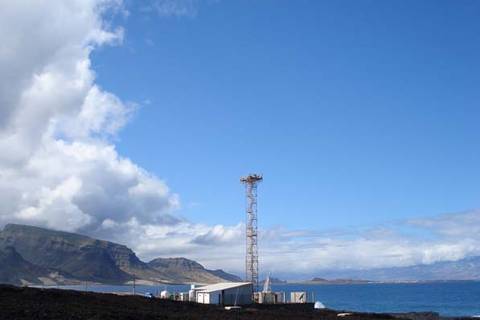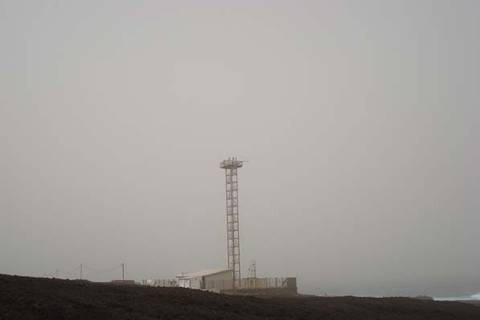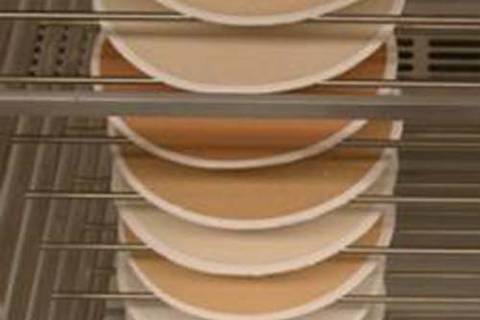Characterization of metals in dust aerosols
Saharan dust contains high amounts of minerals that when deposited into the ocean serve as great source of nutrients to the ocean biota. Amongst others, elements like iron and phosphorus are key nutrients that strongly control oceanic bioproductivity. Although the total metal concentration is important, even more important is the amount of soluble metal that is deposited into the oceans, since they are more bioavailable. Atmospheric processes such as photo-reduction and acid dissolution processes play significant roles in transforming the emitted more insoluble metals into a more soluble and bioavailable form. In atmospheric aqueous systems; trace metals also play important roles. They influence the oxidation of sulfur and the processing of free radical production in clouds. At the Cape Verde Atmospheric Observatory (CVAO) we monitor the total and soluble trace metal content in marine aerosol particles which are subsequently deposited into the oceans, with the focus on iron and other transition metals due to their biogeochemical importance. Our interest is to quantify the total and soluble trace metal deposition in this region of the Atlantic Ocean and to understand the key factors that control aerosol trace metal solubility.



